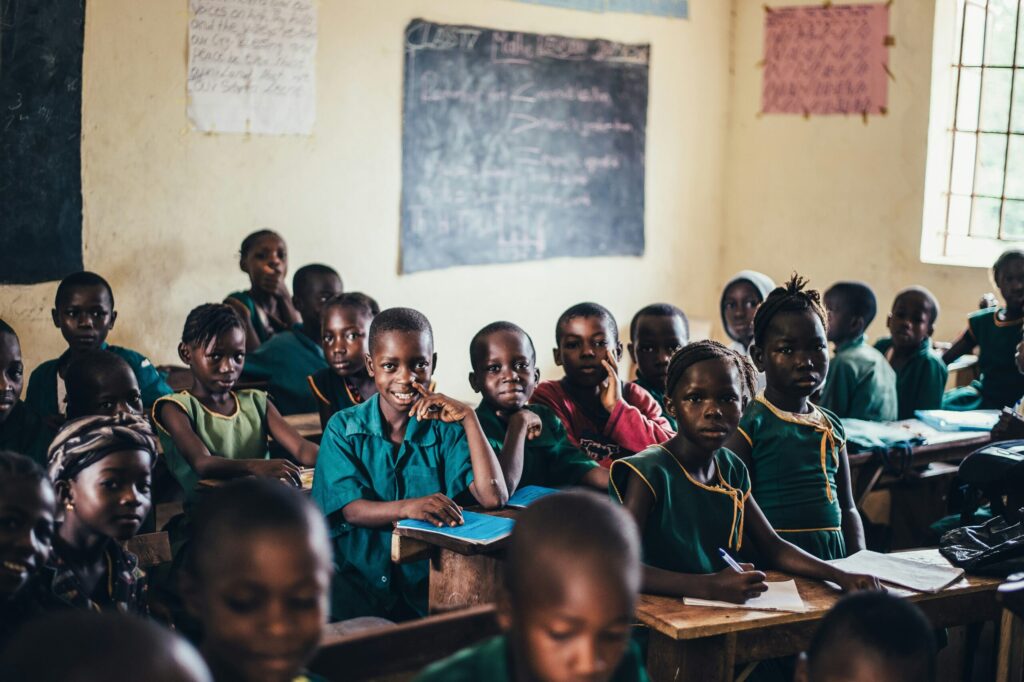Structural violence refers to systemic inequalities embedded in social, political, and economic systems, leading to the marginalisation and suffering of certain groups.
In Kenya, this form of violence is pervasive, manifesting in issues such as unequal access to education, healthcare, land, and justice. Although less visible than physical violence, its impact is deeply felt, perpetuating cycles of poverty and inequality.
One of the most glaring examples of structural violence in Kenya is the inequality in access to education. Public schools in marginalised regions such as Turkana, Garissa, and Mandera are severely underfunded, with inadequate facilities and poorly trained teachers. In contrast, wealthier urban areas like Nairobi and Mombasa boast better-resourced schools.
This disparity means children in poorer regions often miss out on quality education, limiting their future opportunities. For instance, the low literacy levels in north-eastern Kenya are directly linked to decades of underinvestment.
Healthcare is another sector where structural violence is evident. Despite Kenya’s commitment to universal healthcare, many rural communities remain underserved. Facilities in these areas often lack basic equipment and essential medicines.
A striking example is the 2019 nurses’ strike, which paralysed healthcare in public hospitals, disproportionately affecting low-income citizens who could not afford private treatment. The inability to access timely medical care has led to unnecessary suffering and loss of life, particularly for women during childbirth.
Land ownership inequalities further highlight structural violence. Historical injustices during the colonial era displaced communities, leaving them landless.
Today, this inequity persists, with large tracts of land concentrated in the hands of a few elites. In regions like the Rift Valley, tensions over land ownership have sparked conflict, as seen during the 2007–2008 post-election violence, where land grievances played a central role.
Corruption within Kenya’s justice system also exemplifies structural violence. Access to justice often depends on wealth and connections, leaving the poor vulnerable. Cases such as the delayed investigations into police brutality or land evictions showcase how the system favours the powerful while neglecting the marginalised.
The Independent Policing Oversight Authority (IPOA) frequently reports police misconduct, yet convictions remain rare.
Structural violence in Kenya is not accidental: it is the result of long-standing policies and practices that prioritise the interests of a few over the well-being of the majority. Addressing it requires deliberate efforts to create a more equitable society.
The government must prioritise investment in marginalised areas, implement land reforms, and ensure equal access to justice and healthcare.
Kenya’s progress depends on dismantling these invisible barriers and fostering an environment where all citizens have equal opportunities to thrive. Without tackling structural violence, true development will remain out of reach.


